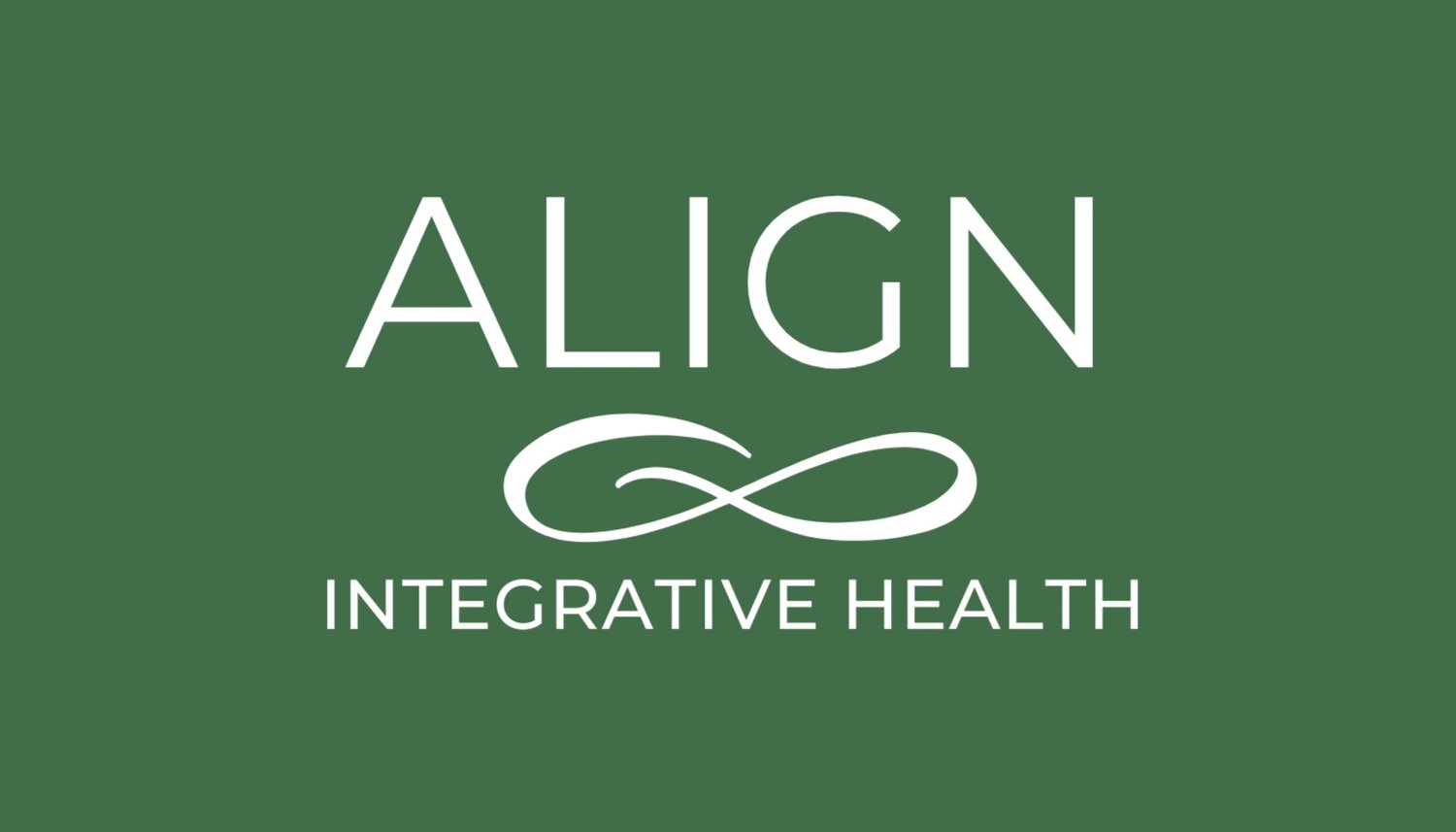Osteopathy: Alleviating Birth-Related Pain, Injuries, and Interventions
Childbirth is a profound event often accompanied by significant pain, injuries, and medical interventions. Osteopathy, a manual therapy focusing on the musculoskeletal system, has gained recognition for its potential to improve birth outcomes. There are a multitude of potential benefits that osteopathy can provide for pregnant women:
Alleviating Pregnancy-Related Discomfort
Osteopathic manipulative treatment (OMT) can alleviate common pregnancy-related discomforts, such as lower back pain, pelvic pain, and sciatica. Lavelle (2012), in the Journal of Osteopathic Medicine, highlighted that OMT significantly reduces pain and improves mobility in pregnant women. By addressing these discomforts, osteopathy helps expectant mothers maintain better overall health, potentially leading to smoother labor and delivery.
Reducing Labor Duration
OMT has been shown to potentially influence labor duration. Research indicates that women who receive osteopathic treatment during pregnancy often experience less pain during labor. This reduction in pain duration can decrease the need for medical interventions such as epidurals, forceps, or vacuum extractions. I
Enhancing Pelvic Function
Proper pelvic alignment and function are crucial for a smooth delivery. Osteopathic treatments focus on ensuring optimal pelvic mechanics, which can reduce the risk of complications during childbirth. Sheraton et al. (2018) in the Journal of Bodywork and Movement Therapies demonstrated that OMT helps maintain pelvic balance, potentially reducing the likelihood of birth injuries to both the mother and the baby.
Reducing the Need for Interventions
By promoting better mobility and reducing stress, osteopathy can decrease the need for medical interventions during childbirth. OMT helps maintain uterine and fetal positioning, leading to fewer instances of breech births or other malpositions that often necessitate cesarean sections or other interventions. Research by Arruda Correia et al. (2024) in PLOS ONE showed that OMT positively affects maternal-fetal hemodynamics such as blood pressure and heart rate, leading to fewer medical interventions.
Successful Birth Outcomes
Several case studies and clinical trials support the efficacy of osteopathy in improving birth outcomes. Sheraton et al. (2018) reported that women who received regular OMT during pregnancy experienced fewer complications and higher satisfaction with their birthing experience.
Overall osteopathy offers a gentle approach to treatment that reduces pain during pregnancy and birth. It can also potentially decrease the chance of medical interventions during birth. By increasing the body’s natural ability to adapt, we can allow space for baby to grow, and decrease the intra-abdominal pressure for mom to move better throughout the day and to be more comfortable on the day of birth.
Jeff treats women who are pregnant as well as newborns in Langford, BC at Align Integrative Health.
References
Lavelle, J. (2012). Osteopathic Manipulative Treatment in Pregnant Women. Journal of Osteopathic Medicine, 112(6), 343-346. https://doi.org/10.7556/jaoa.2012.112.6.343
Sheraton, A., Streckfuss, J., & Grace, S. (2018). Experiences of pregnant women receiving osteopathic care. Journal of Bodywork and Movement Therapies, 22(2), 321–327. https://doi.org/10.1016/j.jbmt.2017.09.007
Arruda Correia, M. L., Peixoto Filho, F. M., Gomes Júnior, S. C., & de Jesus, G. R. (2024). Effects of osteopathic manipulative treatment on maternal-fetal hemodynamics in third trimester pregnant women: A prospective study. PLOS ONE, 19(3), e0300514. https://doi.org/10.1371/journal.pone.0300514

